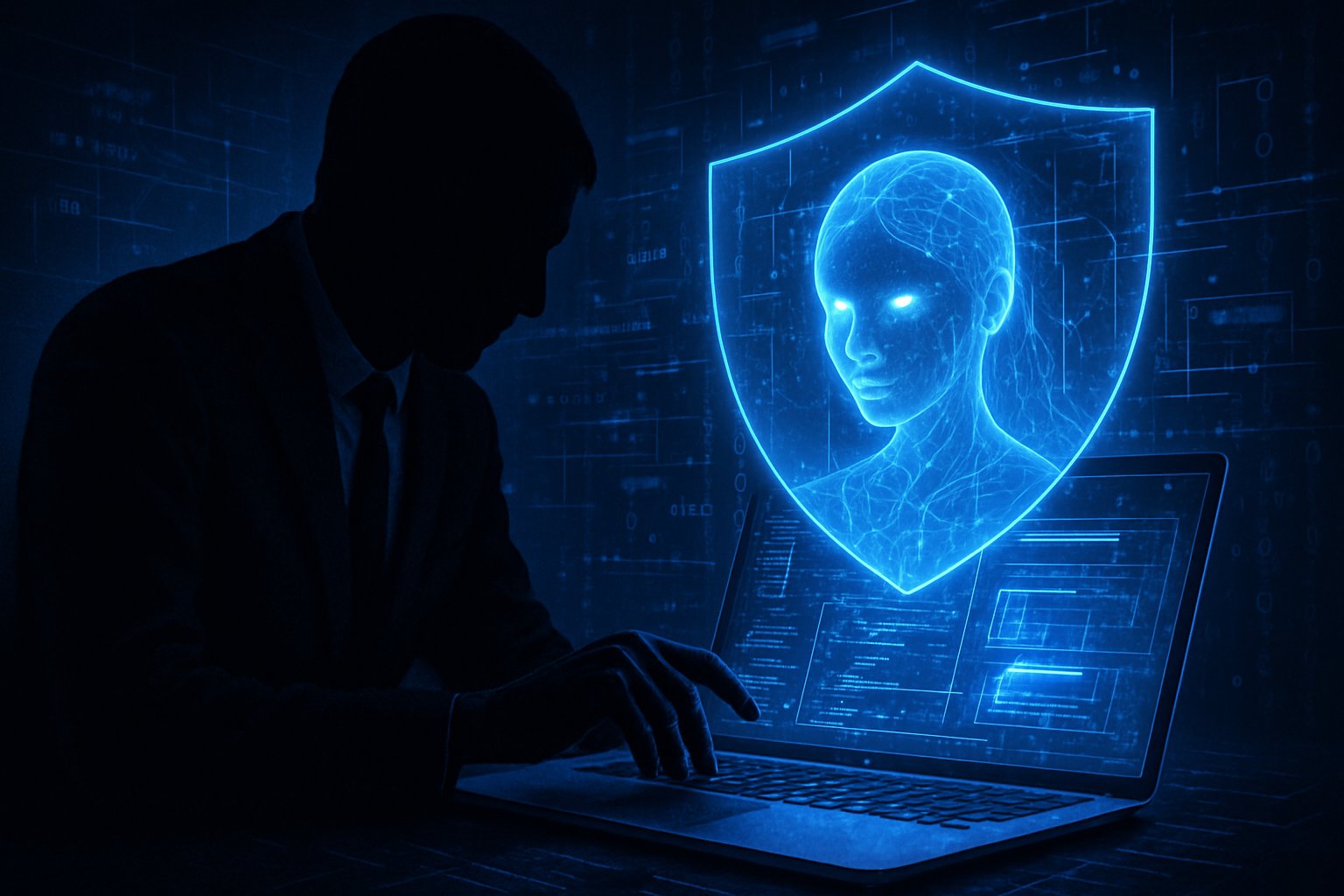
AI CERTS
3 hours ago
Corporate Security Battles Deepfake Espionage via AI Detection
This article examines emerging AI tools, provenance standards, and operational playbooks protecting enterprises. Additionally, we explore market forecasts and certification paths like the AI+ Ethical Hacker™ program. By the end, readers will understand practical steps to harden defenses against synthetic deception.
Rising Deepfake Fraud Trend
Industry trackers report triple digit growth in Deepfakes year over year. Sensity measured 245-300% more synthetic videos in early 2024 alone. Meanwhile, NGOs cite earlier periods with 900% spikes. These numbers reflect the broader availability of user-friendly generation tools.

Consequently, fraudsters target finance teams with carefully scripted video or audio lures. The Arup heist remains the flagship example, yet smaller losses surface monthly. Market analysts expect attackers to refine psychological tactics, making Threat Detection harder. Corporate Security budgets are escalating to match the evolving threat. Nevertheless, awareness campaigns help reduce impulsive approvals during suspicious requests.
The data confirms an expanding threat frontier for Corporate Security professionals. Next, we dissect the famous corporate Espionage breach that sparked global attention.
High-Profile Espionage Corporate Incident
January 2024 saw an Arup employee join what appeared a routine project call. However, every participant was a Deepfake aligned with cloned speech models. Attackers exploited internal hierarchies, directing a series of staged approvals. Subsequently, HK$200 million exited company accounts before anyone verified authenticity.
Rob Greig later admitted humans overweight visual cues when stress rises. Therefore, traditional dual-signoff processes failed under persuasive synthetic media. Corporate Security teams quickly instituted phone callbacks and biometric confirmation steps. In contrast, some firms paused video payouts entirely until multilayer controls matured.
The Arup case illustrates how Espionage can masquerade as ordinary collaboration. Detection technology development accelerated as we discuss in the next section.
Detection Tools Rapidly Advance
Several vendors now deliver multimodal Threat Detection APIs for conferencing platforms. Reality Defender, Cyabra, and Pindrop scan audio, video, and metadata concurrently. Moreover, ensemble models combine spectral, facial, and motion signals for higher confidence. Enterprise dashboards flag suspected Deepfakes within seconds, enabling real-time intervention for Corporate Security analysts.
Nevertheless, accuracy drops up to 50% when adversaries compress or perturb footage. Academic research therefore focuses on explainable, adversarial-robust classifiers.
Critical Adversarial Gaps Persist
Attackers iterate uploads until detectors yield low scores. Meanwhile, small pixel shifts often bypass current safeguards entirely. Consequently, Corporate Security cannot rely on AI scanning alone. Layered controls remain essential, as we explore next.
Tool innovation offers speed yet remains imperfect against skilled adversaries. Therefore, provenance standards seek to add preventive strength.
New Provenance Standards Emerge
The C2PA coalition promotes cryptographic content credentials embedded at capture. Truepic and major platforms integrate signing workflows into cameras and cloud storage. Consequently, signed files reveal tampering immediately during verification checks. In contrast, unsigned footage instantly triggers heightened scrutiny.
Adoption gaps persist because legacy webcams lack secure chips for signing. Furthermore, cross-platform sharing sometimes strips metadata, undermining provenance. Corporate Security architects test pilot devices before large rollouts. Vendors expect mainstream hardware support within two hardware refresh cycles.
Provenance reduces risk by shifting trust to silicon rather than perception. Next, we outline a comprehensive defense strategy blending people, process, and technology.
Robust Operational Defense Strategy
World Economic Forum guidance stresses multi-layer resilience. Organizations start by limiting public footage of executives on social media. Espionage scenarios now appear during routine status meetings. Moreover, finance teams implement mandatory callbacks for six-figure transfers. Subsequently, multimodal Threat Detection triggers escalate suspicious sessions to incident teams.
Below is a concise checklist many security leaders follow:
- Prevent: restrict executive imagery, enforce strong access controls.
- Detect: integrate AI video, audio, and context scans.
- Authenticate: deploy content credentials on capture devices.
- Respond: maintain rapid freeze and reporting playbooks.
Additionally, professionals earn expertise via the AI+ Ethical Hacker™ certification. Nevertheless, culture change proves as critical as new software. Executives now train to question any urgent request lacking secondary confirmation.
A holistic program embeds Corporate Security thinking across departments. Finally, we examine market trends and residual risk.
Market Outlook And Risk
Market.us projects deepfake defense revenues to surpass several billion dollars by 2030. Analysts forecast 15-45% compound annual growth depending on segmentation models. Consequently, investment accelerates as boards demand measurable reductions in synthetic fraud loss. Startups focusing on Espionage disruption attract significant venture funding.
However, real-world accuracy gaps could erode confidence if unresolved. Independent red-team evaluations therefore become essential purchase criteria. Corporate Security buyers now request proof-of-concept data reflecting their codecs and call patterns. Meanwhile, regulators consider audit requirements for high-risk sectors like finance and defense.
The market promises growth yet hinges on transparent performance evidence. With that context, we conclude with key recommendations.
Key Takeaways And Actions
Deepfake capability has entered mainstream corporate crime. Consequently, isolated visual checks no longer safeguard transactions. Detection engines, provenance signatures, and disciplined workflows must converge. Furthermore, continuous employee training raises suspicion thresholds during urgent requests. Market momentum suggests rapid innovation, yet adversaries evolve equally quickly. Therefore, Corporate Security should demand independent testing before large deployments. Executives also need contingency playbooks mapping freeze, notify, and escalate steps. Finally, security teams can sharpen technical mastery through the AI+ Ethical Hacker™ credential. Adopting such measures today guards brand reputation and shareholder value tomorrow.



